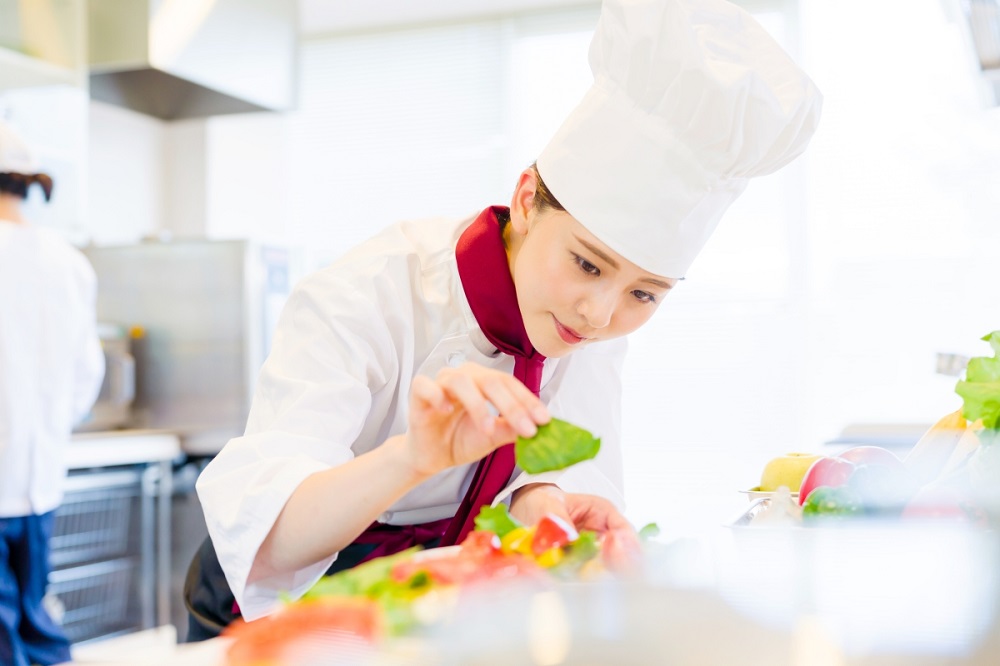
Chef Uniforms Around the World: A Study of Cultural Significance and Variations
From Mumbai’s bustling streets to France’s picturesque countryside, the culinary world is as diverse and vibrant as the places it originates from. Yet, amidst the profusion of flavours, techniques, and ingredients, one element unites them all – chef uniforms. A quintessential part of the culinary tradition, chef uniforms tells a story of heritage, professional pride, and functionality. This article explores the fascinating world of chef uniforms across different cultures, exploring their significance and variations.
1. The Traditional French Chef Uniform:
The French chef uniform, also known as the “Chef Whites,” is perhaps the most iconic globally. The perfect white jacket, the checkered pants, the toque (a towering chef’s hat), and the neckerchief embody the rigour and precision that French cuisine stands for. The white colour symbolizes cleanliness, while the toque’s pleats represent the chef’s mastery of various cooking techniques. However, the high collar and long sleeves are not just for show – they protect the chef from kitchen hazards like hot splatters.
2. The Japanese Chef Uniform
Japanese cuisine is a delightful blend of aesthetics and flavours, a quality reflected in the chef’s uniforms. Traditional chef uniforms include the Happi coats or the Kimono-style jackets, paired with a headband or “hachimaki.” The hachimaki serves dual purposes – it prevents sweat from dripping into the food and symbolizes perseverance. Additionally, Sushi chefs often wear a specific uniform called the “Sushi Chef Coat” or “Itamae Coat,” which boasts a simple yet elegant design.
3. The Indian Chef Uniform
In India, chef uniforms often mirror the colourful and diverse nature of Indian cuisine. While the Western-style chef whites are prevalent in professional kitchens, many traditional chefs, particularly those preparing street food, sport a “Kurta” (a loose, collarless shirt) paired with a “Dhoti” (a long piece of cloth wrapped around the waist). This attire offers comfort and breathability in hot and bustling Indian kitchens.
4. The Italian Chef Uniform
Italian chefs, renowned for their pizza and pasta, typically don the traditional chef whites similar to their French counterparts, albeit with subtle variations. Many incorporate colours of the Italian flag – green, white, and red, reflecting national pride. Some pizza chefs prefer the “Coppola,” a flat cap, instead of the traditional toque, lending a unique touch to the uniform.
5. The Chinese Chef Uniform
Chinese chef uniforms are often adorned with intricate designs, embodying the richness of Chinese culture. The Mandarin-style jacket with knotted buttons called “Frog Buttons” stands out and is usually made from breathable materials for comfort. Some chefs who specialize in certain areas, like dim sum, have distinctive uniforms, showcasing the culinary diversity within the country.
From a global perspective, chef uniforms do more than meet the eye. They are practical kitchenware and a symbol of cultural heritage, professional dignity, and culinary specialization. The diversity in their design across different cultures is a testament to the rich tapestry of world cuisines. And while trends may come and go, the importance and significance of these uniforms remain a constant in the ever-evolving culinary landscape. As we appreciate the art of cooking, let’s also take a moment to honour the attire that complements the chefs’ skills and personalities.


